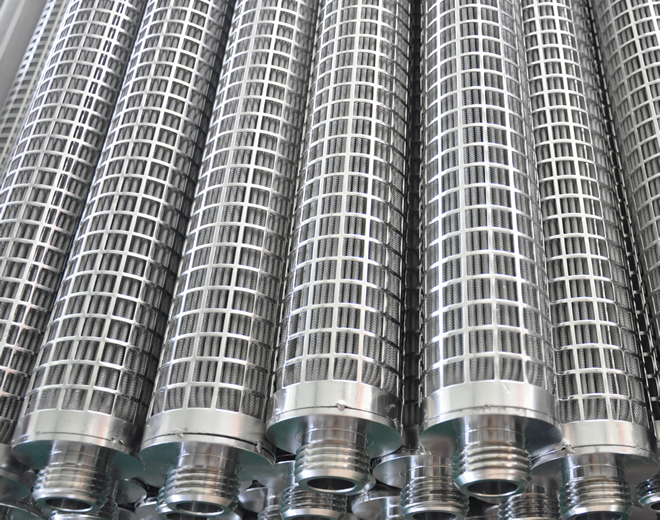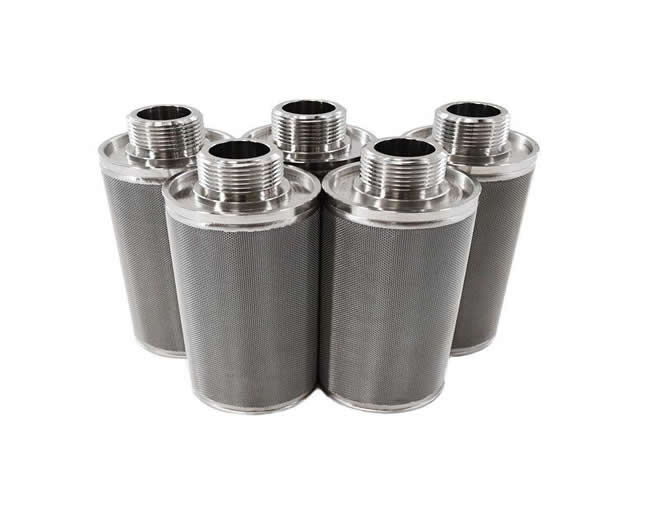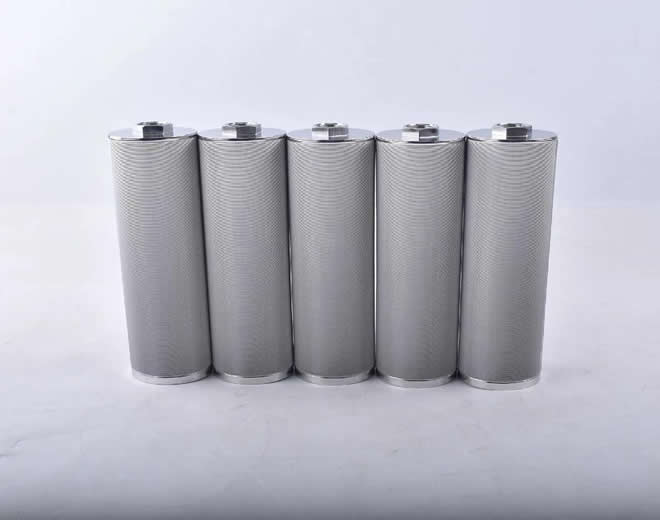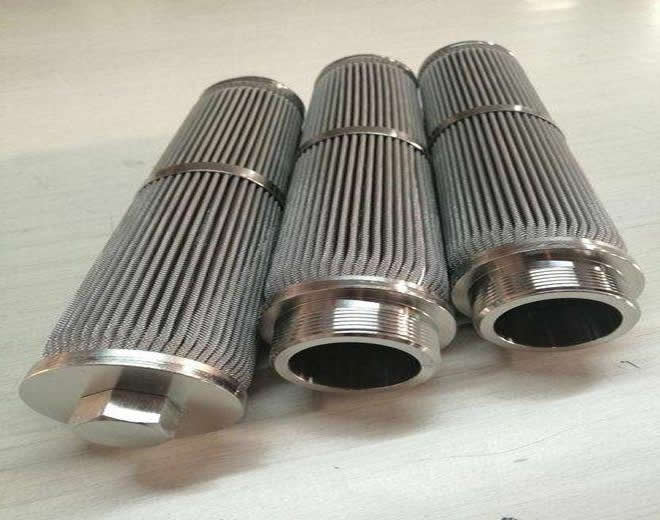Stainless steel filters are known for their excellent high-temperature resistance, typically withstanding temperatures around 380 to 400 degrees Celsius. However, different operating conditions can impact the temperature tolerance of these filters. Specifically, continuous high-temperature operations and intermittent high-temperature conditions affect the filter's lifespan in distinct ways.

In a continuous high-temperature environment, the stainless steel filter is subjected to prolonged exposure to heat, which can lead to thermal fatigue, ultimately shortening its service life. Although the filter can still function at temperatures above 380 degrees Celsius, its microstructure may gradually change, and the material's strength and toughness may decrease. Therefore, when designing and using stainless steel filters, it's crucial to consider the potential impact of continuous high temperatures on their performance and take appropriate measures to extend their lifespan, such as regular replacement of filters or temperature control during processes.
On the other hand, intermittent high temperatures generally have a lesser impact on stainless steel filters. In this scenario, the filter experiences short-term temperature fluctuations, which usually do not cause severe damage to the material properties. However, frequent temperature changes can lead to the accumulation of thermal stress, potentially affecting the structural stability of the filter. To mitigate this, it is advisable to allow sufficient cooling time for the filter after each high-temperature phase to reduce the damage caused by thermal stress.
In conclusion, while stainless steel filters exhibit good high-temperature resistance and can operate in environments between 380 to 400 degrees Celsius, continuous exposure to high temperatures accelerates their aging process and reduces their service life. To ensure the long-term stability of stainless steel filters under high-temperature conditions, appropriate protective measures should be implemented based on the specific application scenarios.



